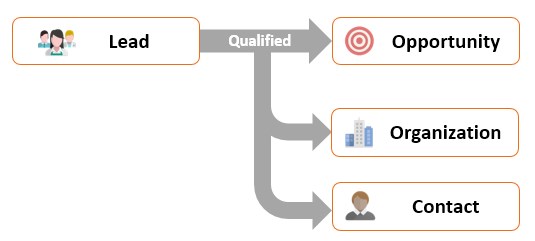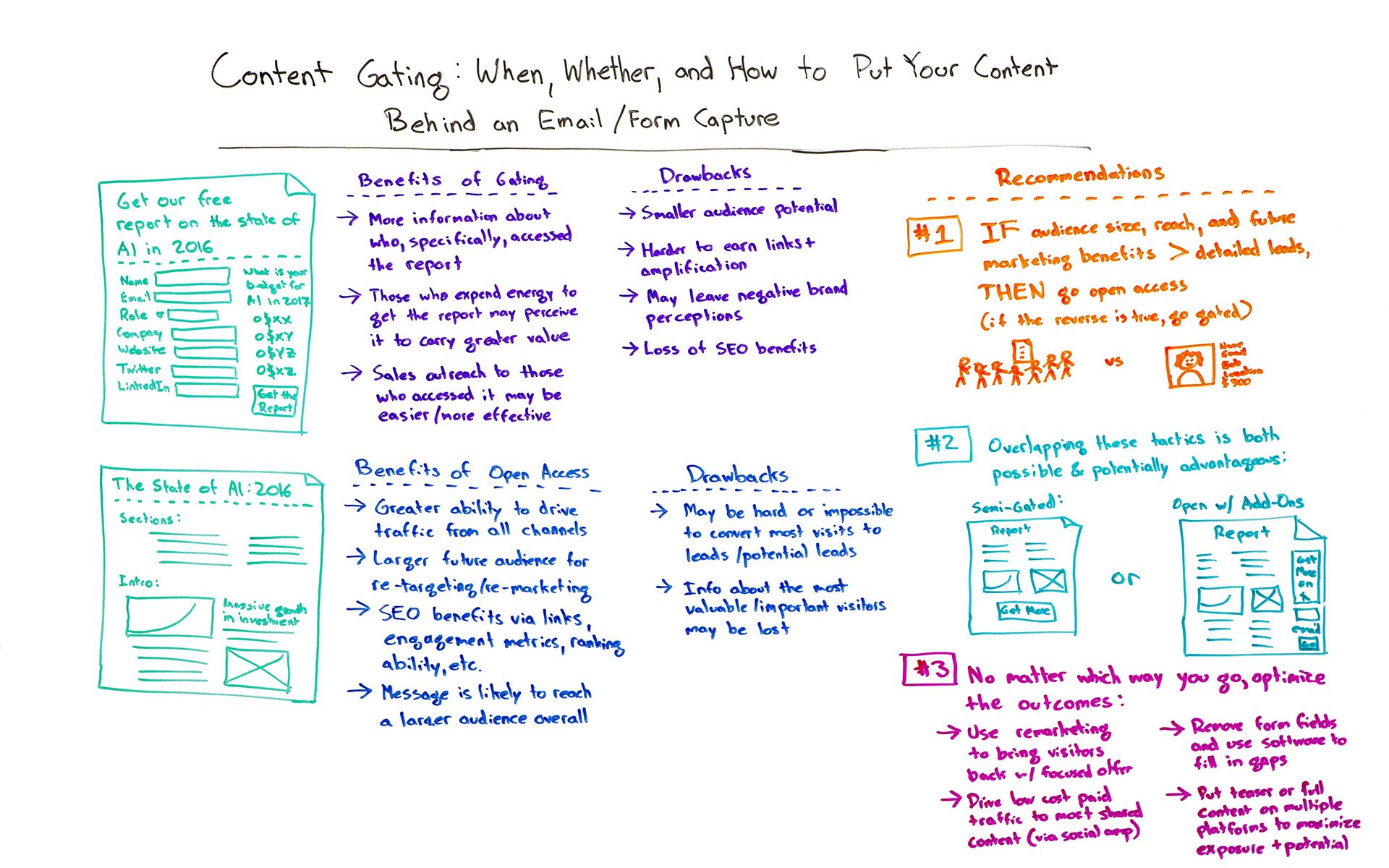
Has your business outgrown your last customer relationship management (CRM) tool? If so, it’s time to make the switch to something new. Are you ready? Is your team ready?
Switching to a new CRM means uprooting old habits and creating new ones. Although this is done with an end goal in mind of something spectacular, it’s not always easy to go through the growing pains. Lack of CRM integration is one of the biggest bottlenecks to sales success.
To make the process work faster and be more effective for you, it’s important to set up SMART goals.
What Are SMART Goals?
SMART is an acronym for the key points that should be woven into each goal you set for your team during this transition. It stands for:
- Smart
- Measureable
- Achievable
- Realistic
- Time-Relevant
Let’s take a closer look at each point when it comes to CRM implementation.
Specific
Before you can start using your CRM, you have to know how you’re going to use the new tool to better your business. Although you probably have a general idea of the benefits of switching to the new system, it’s time to hone in on the specifics.
Specify the following:
- What data points will you input?
- When will you input them?
- Who will input each data point?
- Where will the data be stored? (this will already be defined for you, but it’s still a good idea to write it down in your plan so there’s no confusion)
Then, when you have a clear vision of how you’ll use the system, it’s time to specify your goals with the new CRM.
Get ultra-specific on what you hope to achieve by implementing the new system. Whenever possible, use quantifiable information. For example, a goal of “get more sales” should be replaced by “increase sales by 10% by following up with leads after 3 days, one week, two weeks, and one month.” In this example, you’re specific about how much you want to see your sales increase and how you’ll make that happen using the new CRM.
Measureable
Ever heard the old adage, “what gets measured, gets done?” When goal setting, you have to have accountability by measuring what you accomplished. Without measurability woven into your goals, it’s too easy to lose focus.
Measureable goals are those that you can track with cold hard facts. They are not open to interpretation. Instead, they’re defined in a way so that there are no questions left about whether or not you achieved them.
Here are a few things you can measure with your CRM:
- Value of incoming opportunities
- Value of opportunities won/lost
- How many leads were won at each stage of the pipeline
- Percentage of sales in each category
When goal setting, list all of the relevant metrics you can track in your CRM so you know which data points to measure to track your progress toward your overall goal.
Achievable
Not only should your end goal be achievable, but so should each of the steps your team needs to take to reach that end goal.
Forming new habits takes practice. Every day, your team will need to force themselves to break away from their old way of doing things and learn a new system. This takes work, but with achievable steps incorporated into how you plan to reach your end goal, it feels more doable.
Outline specific actions that should be easy enough for your team to do every day to form these new habits and make your implementation a success. For example, you might set a smaller goal of reviewing reports as a team each week. This goal is certainly achievable and lends itself to greater success learning the system and tracking progress toward your bigger end goal of making more money.
Realistic
Goal setting should be challenging, but the challenge you set forth for yourself should also be realistic. If you expect to see a jump from $10,000 in sales to $1 million in sales overnight, you’re setting yourself up for failure.
Keep your goals realistic. By setting your sights too high, you discourage your team right out of the gate. When a goal is realistic, it’s seen as having potential, which makes people work harder to succeed.
Time Bound
Give yourself enough time to make the switch. Expecting immediate changes overnight will only cause you to get frustrated or discouraged when things don’t go quite your way.
Make your goals timely enough to challenge you but also give you enough of a buffer to get set up and learn the new system. Think in terms of how many months it’ll take you to accomplish your goal (at least while you’re getting things set up) instead of weeks.
What Goals Are You Setting For Your New CRM?
Whatever goals you’re setting for your team after implementing a new CRM, make sure they’re SMART. By following this structure, you’ll keep everyone motivated (including yourself) and see the results pay off by tracking non-negotiable data points.
At Insightly, we offer a CRM used by small and mid-sized businesses from a huge variety of verticals. Learn about all of Insightly’s features and plans on our pricing page or sign up for a free trial.


































